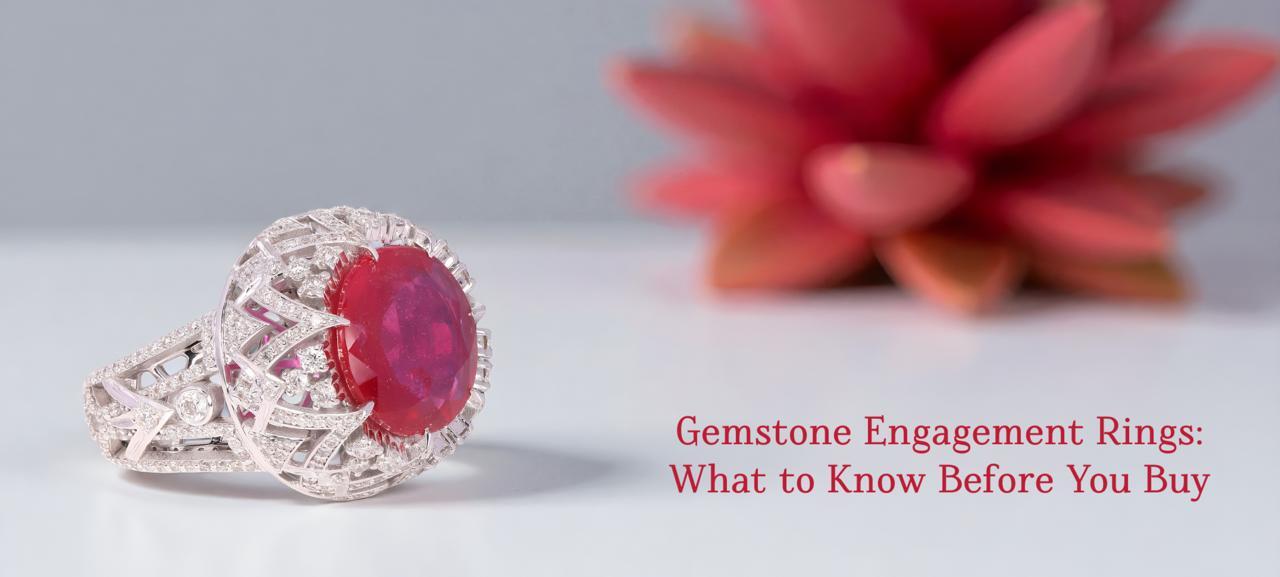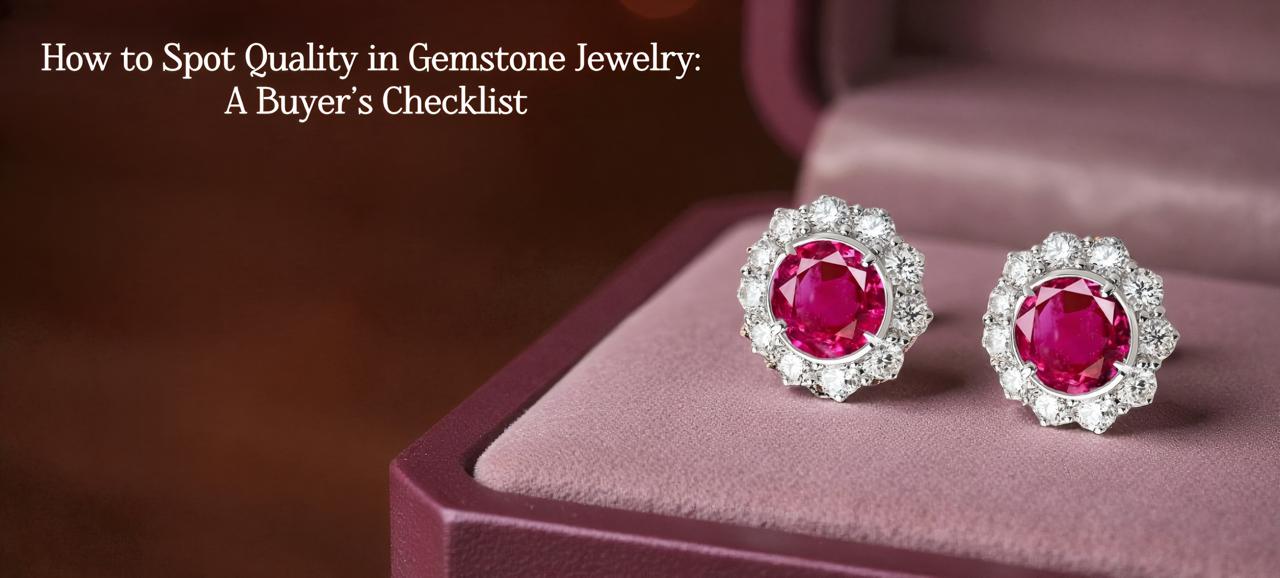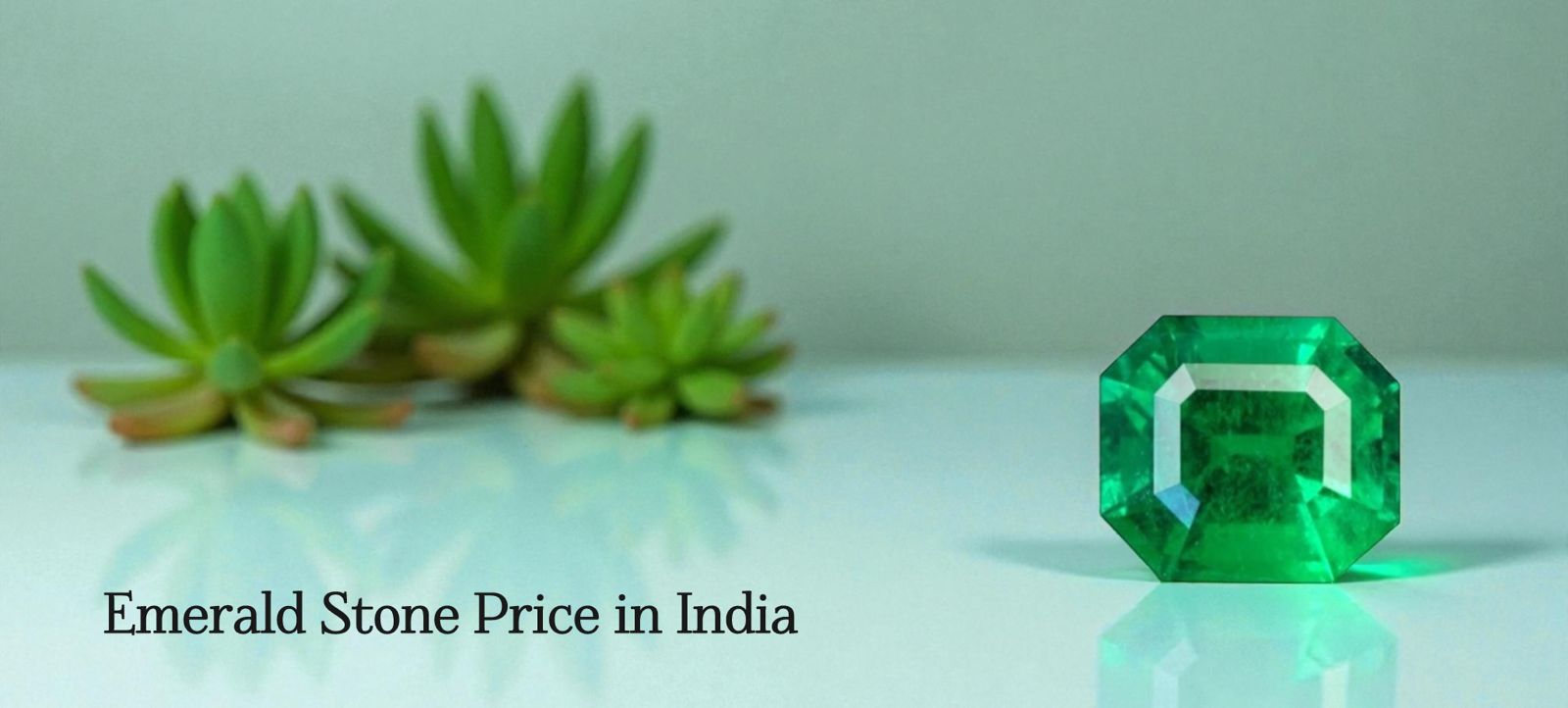 Categories
Categories 
The big question mark on the authenticity of gemstones when roping them always hovers in the head of every gemstone collector or enthusiast. Though we have state-of-the-art technologies available to check the quality before purchasing a coveted gemstone, not everyone is capable enough to splurge money on exorbitant lab tests.
A sapphire gemstone is unquestionably the uncrowned king of all gemstones. Not only it is known for exhibiting a bodacious appearance but also for its remarkable astrological and metaphysical properties. Owning a par-excellent quality and original neelam stone can make some serious dent in your pocket. That’s why you have to ensure in every way that you get the best bang on your investment. Sometimes, it becomes quite cumbersome for any individual to distinguish between a real blue sapphire and its imitation. In those moments, knowledge of different gemstone authenticity testing methods can help you greatly.
The sole purpose of this post is to make all gemstone enthusiasts and our staunch readers familiar with different testing methodologies to check the authenticity of sapphires without much of a hitch and make a sagacious buying decision. Some of the sapphire stone testing methodologies might be outdated and some are still relevant. Let’s get started!

Types of Inclusions in natural sapphires
Needles: One of the most mainstream types of inclusions in sapphires. Needles are long and thin mineral inclusions in sapphire stones. These natural flaws often occur in groups, giving a sapphire stone a striated appearance.
Mineral Crystals: Minerals trapped inside a natural sapphire stone appear like crystals that might be bright, dark, transparent, or opaque.
Feathers: Feathers are small gemstone inclusions with the wispy appearance of a feather in sapphire stones.
Liquid Inclusions: Liquid inclusions are small pockets of liquids (primarily water) trapped inside a sapphire stone.
Halo or Discoid Fractures: Halo or discoid fractures are oval or circular fractures that appear like rings around the intrinsic uppermost surface of a sapphire stone.
Fingerprints: Fingerprint inclusions are fingerprint-shaped networks of tiny liquid-filled tubes.
Color Zoning: Color zoning is another type of common gemstone inclusion that can affect a sapphire stone's value to a great extent.
Cavities: Cavities are small, empty spaces within a sapphire stone appearing like crevices.
In conclusion, identifying a real sapphire stone out of a plethora of imitations requires a painstaking examination of all inclusion types. Original blue and yellow sapphire often have minimal imperfections like cavities or feathers, while fake sapphires are unnaturally perfect. However, the lack of gemstone inclusions in a sapphire stone does not necessarily mean it is a fake sapphire. There are various types of gemstone inclusions that range in real sapphire stones, from needles to cavities and color zoning to liquid inclusions. Familiarizing yourself with these inclusion types can help you identify a real sapphire stone and make sure you are making the right investment.

Performing a scratch test on a sapphire stone is one of the finest and the most seamless ways to determine whether it's real or fake. The scratch test is quite a simple method that involves scratching the sapphire with a hard substance like a stone or a diamond.
We all know that sapphires are quite durable and score a nine out of ten on the Mohs scale of mineral hardness. Only diamonds topple sapphires on the Mohs scale of hardness. So, if you try to scratch a sapphire with a diamond and it leaves a scratch, it is a crystal clear indication that the sapphire is fake.
However, it's quite imperative to understand here that this testing method is not 100% reliable, and scratching a sapphire could damage or lower its value. So you have to show utmost caution when performing a scratch test and consider other methods of testing the authenticity of a sapphire.

Undeniably, the breath test is one of the most sought-after yet the least reliable of all sapphire testing methods that you can use to check the originality of sapphires. This test involves breathing in a hard manner on a sapphire stone to create a fog-like layer on the surface of the stone and observe how quickly it vanishes. The notion behind conducting this test is that an original pukhraj stone will not retain even a bit of moisture and will cause the fog to evaporate quickly. On the other hand, a fake sapphire will not allow the fog to evaporate expeditiously.
However, one of the major setbacks of this test is that the evaporation rate of fog on the surface of a stone depends on umpteen factors such as the room temperature, humidity, and even the intensity of the breath of the person conducting the test. Moreover, most imitations of sapphires are made of materials that can also cause the fog to evaporate quickly making it way daunting for an individual to differentiate between real and fake sapphires.
Therefore, this is the least recommended method for evaluating the originality of a sapphire. it is strictly recommended to examine the stone for inclusions, color zoning, and other characteristics mentioned earlier. It is exemplary to have it examined by a professional gemologist.
A light test is one of the most effective and efficient ways to determine if a sapphire is real or just an imitation. The idea behind this test is to check the refractive index. When light is thrown on a sapphire stone, a real sapphire stone will refract light while a fake sapphire will not. Below, we have stated tips to conduct a light test on sapphires without much of a hitch.
Get a flashlight or any other properly functioning light source that is intense enough to illuminate the sapphire.
Hold the stone beneath the light in such a way that it is facing toward you.
Look at the sapphire meticulously and observe the way that the light reflects off of it.
If the sapphire is real, you should see a star-shaped pattern or a six-pointed star (known as an asterism) appear on the surface of the stone. This pattern is created because of the tiny inclusions inside the sapphire that reflect the light in this way.
If the stone doesn’t exhibit this star-shaped pattern, it is more likely to be a replica. However, one also has to keep in mind that sapphires treated with heat or chemicals to enhance their appearance (color and clarity) may not display this pattern.

It's worth noting here that the light test is not a surefire test and should not be used as the principal method to determine the authenticity of a sapphire. Most imitations of sapphires are made with materials and intended to mimic the properties of a real sapphire, including the way that they refract light. Additionally, some real sapphires may not display the asterism pattern even if they are authentic. Therefore, it's best to use the light test in combination with other tests, such as the scratch and breath tests, to get a more accurate picture of whether a sapphire is real or fake. Last but not least, when everything puts you in a dicey situation, visit a professional and certified gem lab and get your sapphire stone tested by state-of-the-art equipment to check its authenticity.


How to Spot Quality in Gemstone Jewelry: A Buyer’s Checklist
November 17th, 2025

